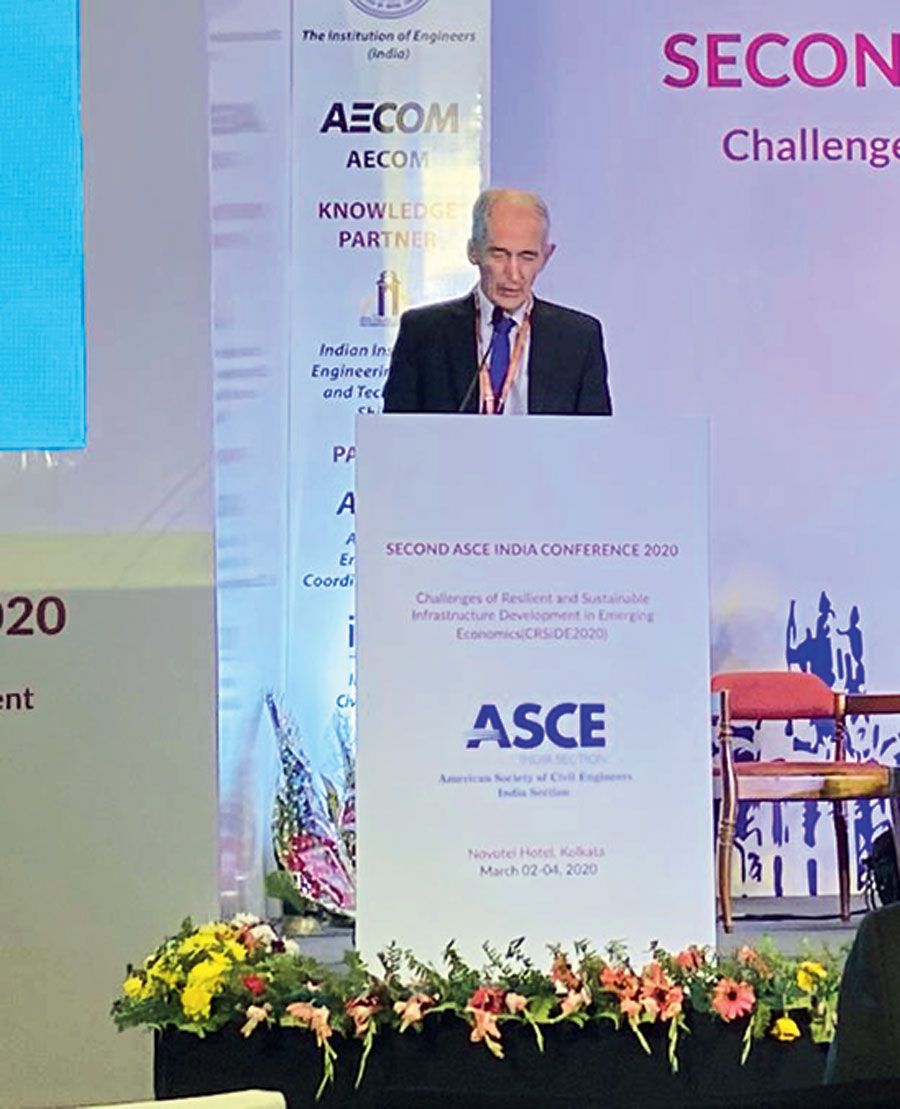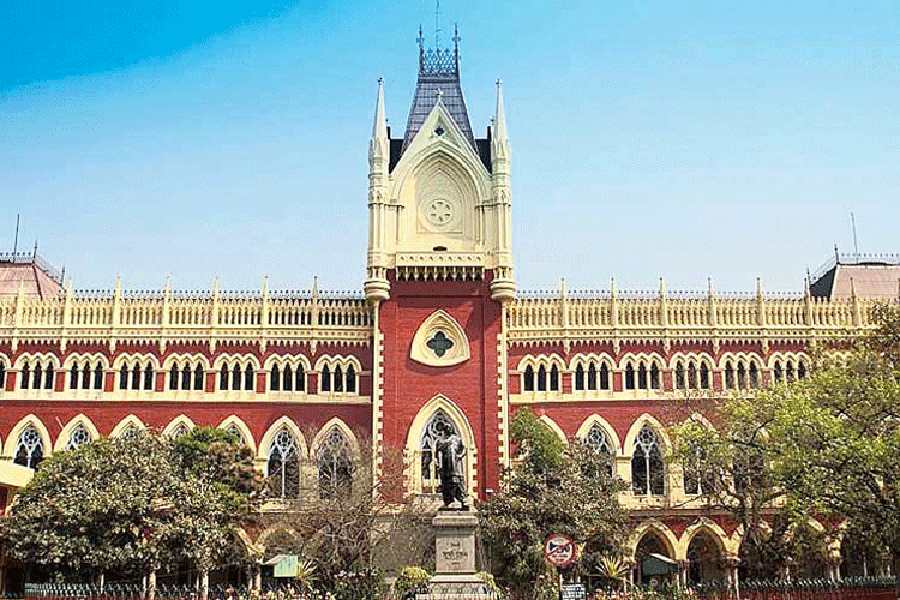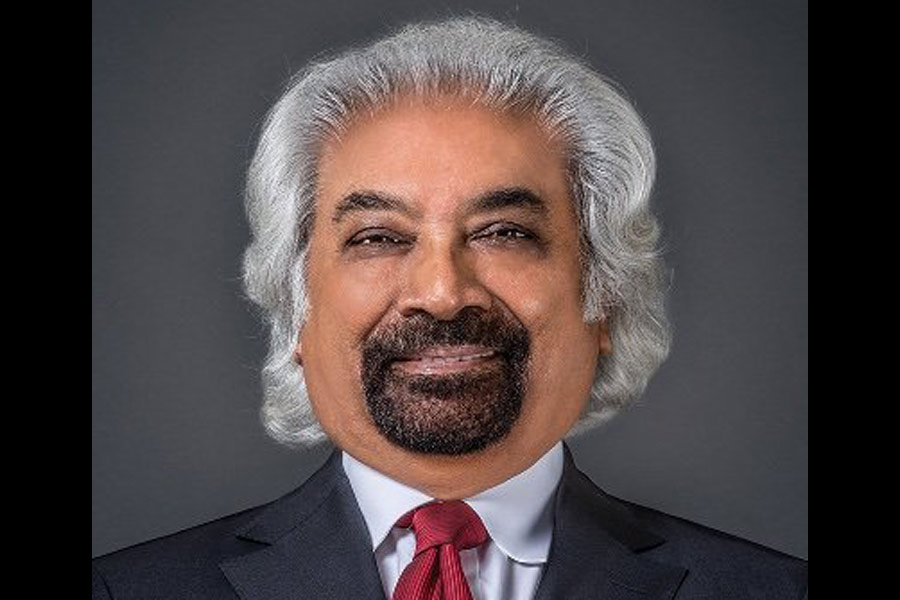Calcutta should shift more of its transport and other infrastructure underground to clear the city of congestion, an engineer said at a conference on sustainable infrastructure development on Tuesday.
“Among Calcutta’s problems are many pedestrians, sidewalks occupied by stalls, dangling cables and very less time for pedestrians to cross at the crossings,” said John Endicott.
The Cambridge-educated engineer, now based in Hong Kong, has been involved in boring tunnels since 1975. He has worked in Hong Kong, Taiwan, Singapore, Thailand, Indonesia and also in Mumbai and Delhi.
He has been brought in by the Kolkata Metro Rail Corporation, the implementing agency of East-West Metro, after a machine boring one of the tunnels had hit a sand aquifer under Bowbazar last year.
“Calcutta should have more underground transportation systems. Vehicles on the roads have much less capacity to carry passengers compared with underground Metro services. Also, pedestrians need to be taken underground to reduce the congestion on roads,” said Endicott.
He was speaking at the conference on “Challenges of Resilient and Sustainable Infrastructure Development in Emerging Economics”, organised by the India chapter of the American Society of Civil Engineers.
“An attractive solution is a network of brightly lit and cool underground subways. To install such a network will be very expensive but this is possible if it is well-planned and progressively implemented,” Endicott said.
“Building underground transportation system is more expensive than having it above the ground. But in the long run, the underground infrastructure is more sustainable,” Endicott pointed out. “Structures are prone to wear and tear when exposed to heat, rain and dust.”
The Telegraph has reported that the bearings on a stretch of East-West Metro viaduct had to be replaced even before trains started running. That was because the viaduct was left unused for years and exposed to wear and tear.
The engineer cited the example of Singapore, where he said regulations in new “town areas” require buildings to have basements with pedestrian right of way through them. The Metro stations there feed directly into basements.
The Singapore government intends to free up land for people-centric use by relocating utilities, transport, storage and industrial facilities underground.










